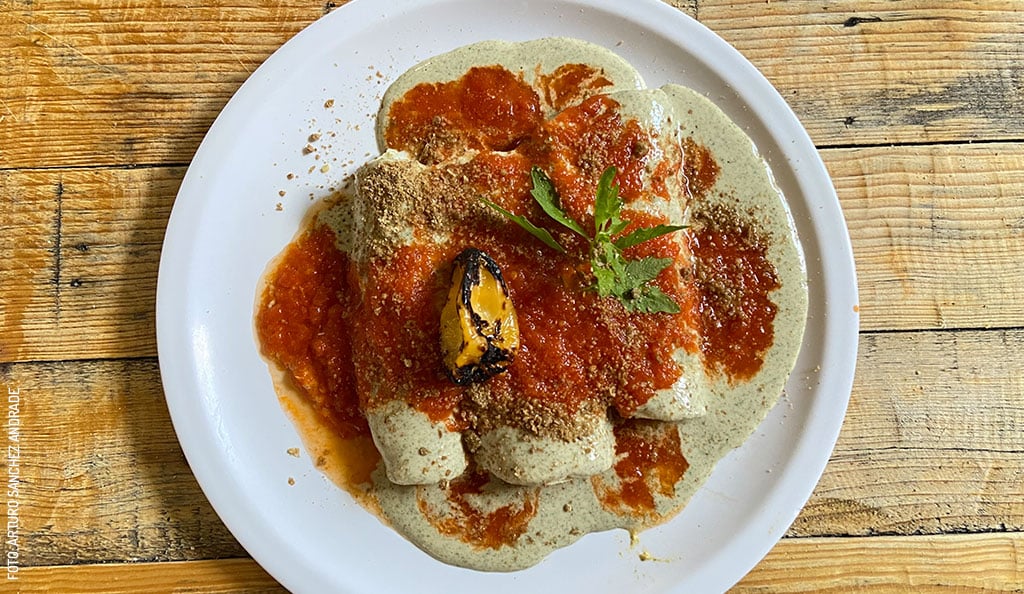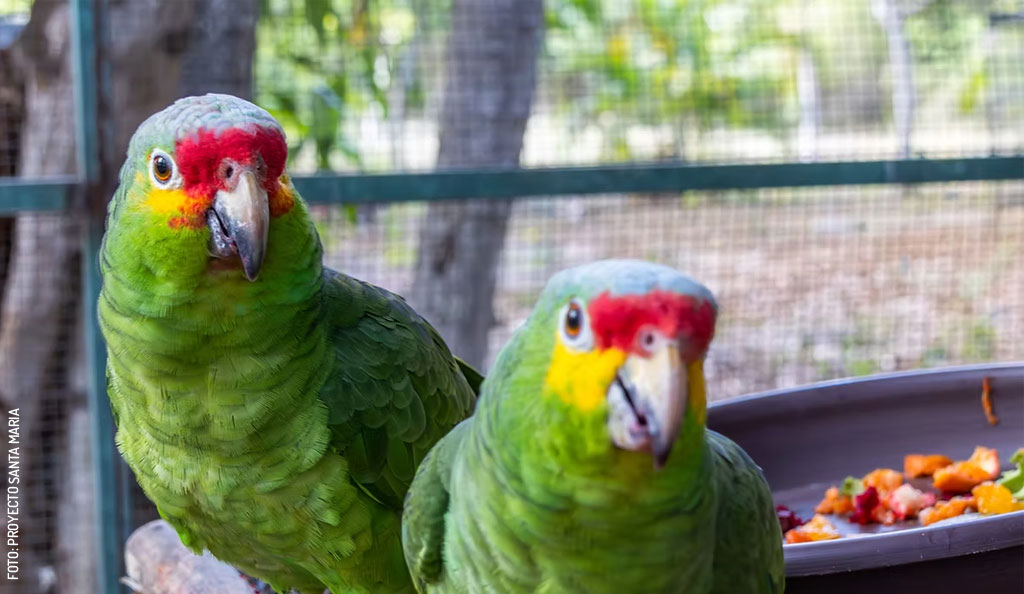
Proyecto Santa María: The Fight for Parrots in Yucatán
When we think of birds in Yucatán, it’s easy to picture pink flamingos or majestic herons along the Emerald Coast. But there are other species, equally emblematic, that have been fighting a much quieter battle for years. I'm talking about parakeets and macaws. In México, there are 22 species of these birds and, unfortunately, all of them are listed under some category of risk. Although there are laws intended to protect them, illegal trafficking remains a constant threat. And the issue isn't just legal—it's deeply cultural, as having “a little parrot” at home has been normalized for generations.
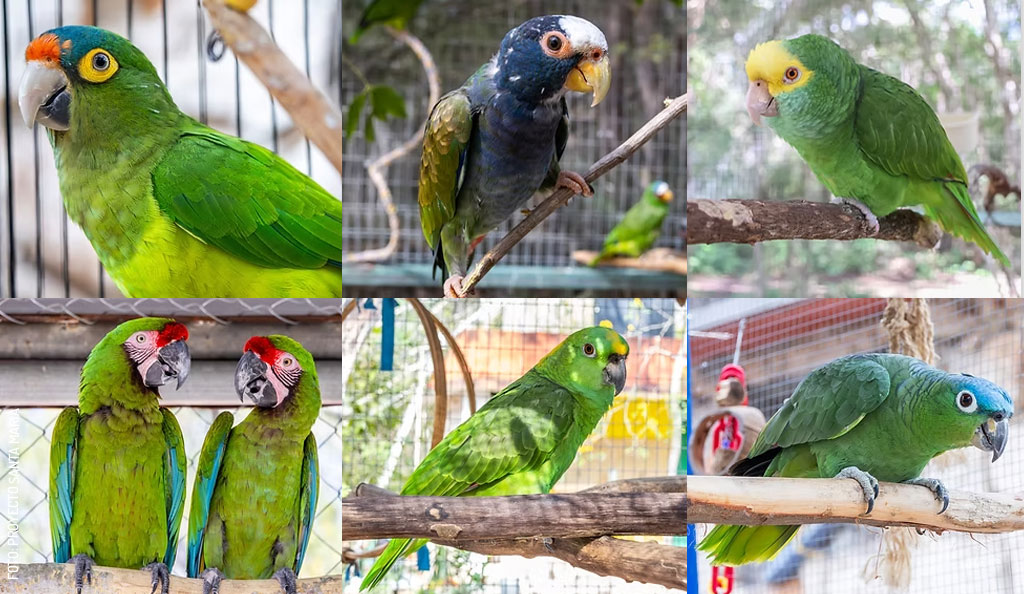
Amid this reality, Proyecto Santa María, a wildlife management unit located near Hunucmá, has been working tirelessly since 2011 to offer these birds a second chance. Their work focuses on rescuing, rehabilitating, and—when possible—releasing birds that have been seized, voluntarily surrendered, or have spent most of their lives as pets. This is not a zoo or a decorative tourist attraction: it's a recovery space with a clear mission: restoring their freedom.
Today, the project is home to over 170 birds, many of them with complex and painful histories. One of the birds we met was Patachín, a parrot who lived with his brother Patachón for 17 years, plucking out his feathers from anxiety. Some of these birds recover fully and are released; others, for various reasons, cannot return to the wild, but still receive specialized care and a dignified life.
Although it’s not open to the general public, the space welcomes educational visits from schools and organizations. It’s not a tourist attraction, but learning about their work, even from afar, offers a new perspective on Yucatán’s natural wealth and environmental challenges.
Beyond rescue
Santa María Project’s work doesn’t end with rehabilitation. They also lead awareness campaigns, collaborate with authorities and international organizations, and promote changes in public policy. Last year, they launched the campaign “your way of loving hurts,” which was presented at the 2024 Parrot Crisis Summit, reinforcing their commitment to a global cause: protecting the world’s most trafficked birds.
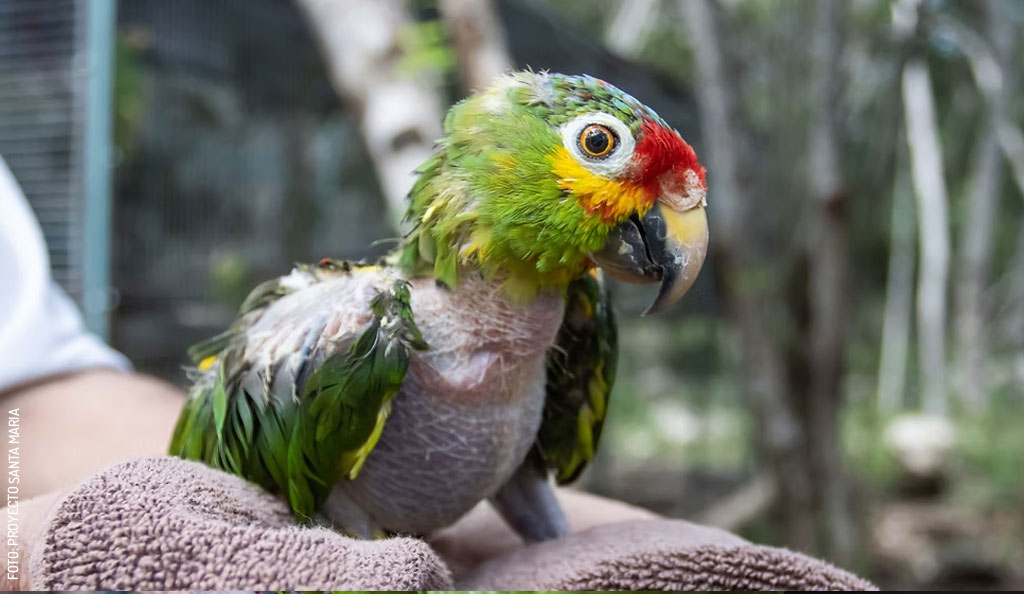
Want to help?
The project relies on donations, both monetary and in-kind. If you’re visiting Yucatán or want to support the cause, you can make a financial donation, sponsor a bird through their website, or donate food items like canary seed, flaxseed, barley, chickpeas, or white corn. They also run a citizen monitoring program in Mérida: if you see a bird in need of help or hear something important, you can contact them via social media, and they’ll take it from there.
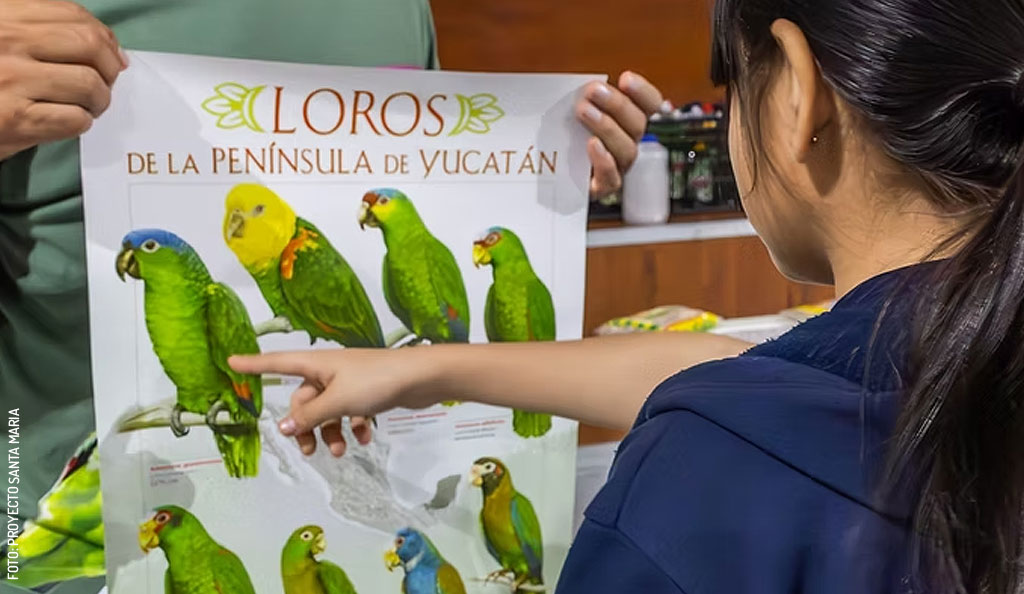
In addition, they offer workshops and educational activities related to bird and environmental conservation. To stay informed about their upcoming initiatives and how to get involved, follow them on social media where they post updates, calls to action, and special campaigns.
Every day, at 6 am and 6 pm, the rehabilitated parrots take flight. And while many begin their journey toward a new life in the wild, many also return, by choice, to the same place that cared for them and prepared them to fly. That moment, when a parrot finds its wings again and still chooses to come back, is a reminder that hope is still alive. And projects like Santa María are a vital part of it.
Proyecto Santa María
proyecto.santamariamx@gmail.com
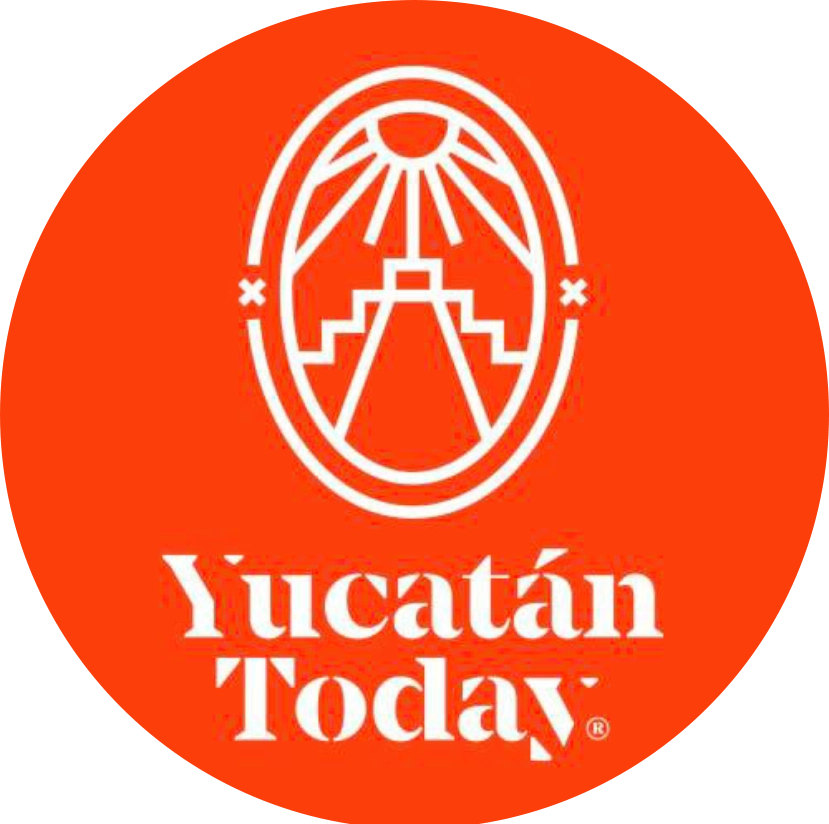
Author: Yucatán Today
Yucatán Today, the traveler's companion, has been covering Yucatán’s destinations, culture, gastronomy, and things to do for 37 years. Available in English and Spanish, it’s been featured in countless travel guides due to the quality of its content.
In love with Yucatán? Get the best of Yucatán Today in your email.
Don't miss our best articles and the monthly digital edition before anyone else.
Related articles

Discovering Yucatán: A Getaway from Espita to El Cuyo in Two Days
2-day Yucatán getaway: Combine the culture of Espita (Magical Town) and adventure in San Manuel with the beach serenity of El Cuyo. Authentic route!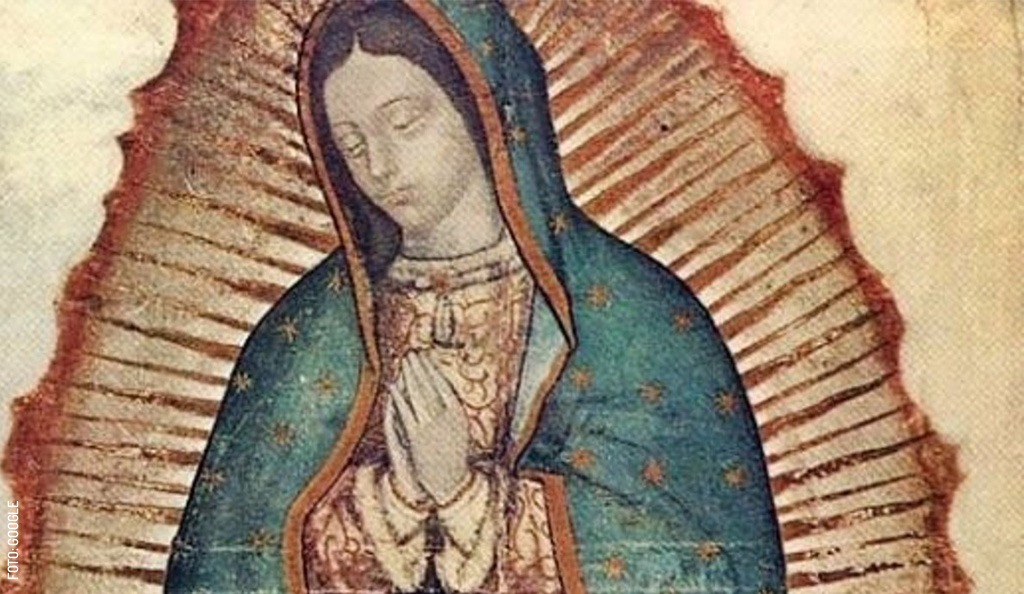
The Virgin of Guadalupe Festival in Mérida, Yucatán: Torches, Faith, and...
Pilgrimage and faith in Mérida: Thousands of torch runners (antorchistas) and guilds celebrate the Virgin of Guadalupe on December 12th in San...